Tough-1 1200D Waterproof Poly Horse Turnout Blanket with Snuggit Neck, Hunter Green, 84 in.
The Tough-1 1200D Waterproof Poly Snuggit Turnout Blanket features an adjustable snuggit neck that allows you to customize the fit of this blanket to your horse.
The Tough-1 1200D Waterproof Poly Snuggit Turnout Blanket features an adjustable snuggit neck that allows you to customize the fit of this blanket to your horse. This horse blanket has an adjustable double buckle front with snap closure and adjustable leg straps with elastic ends. This blanket has shoulder gussets to allow freedom of movement on your horse.
- Made of 1200 denier waterproof ripstop poly outer shell with 210 lining, 200 grams of poly fill
- Horse accessory has fleece wither protection
- Crossed surcingles with elastic ends
- Adjustable leg straps with elastic ends
- Adjustable double buckle front with snap closure
- Blanket has shoulder gussets to allow freedom of movement on your horse
Additional information
| Closure Type | Closure Type |
|---|---|
| Denier | 1200 |
| Hardware Material | Ripstop Poly |
| Insulation Material | Poly Fill |
| Lining Material | Nylon |
| Primary Material | Poly |
| Manufacturer Part Number | 32-91225S-4-81 |

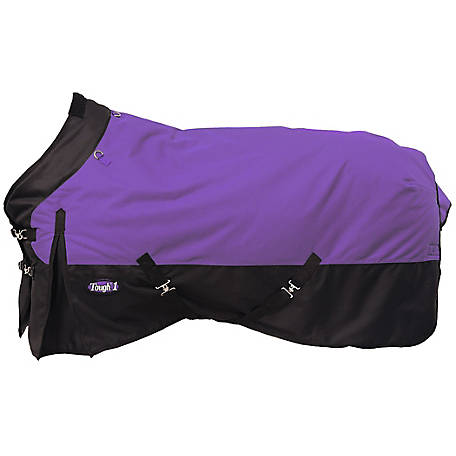
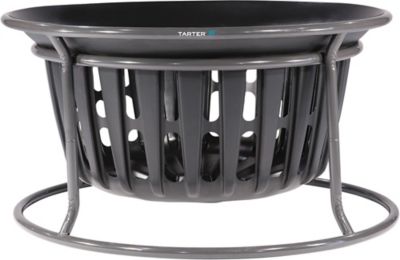
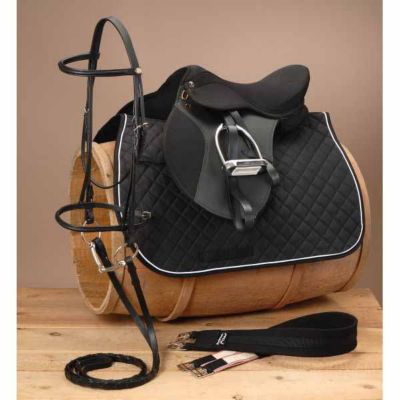
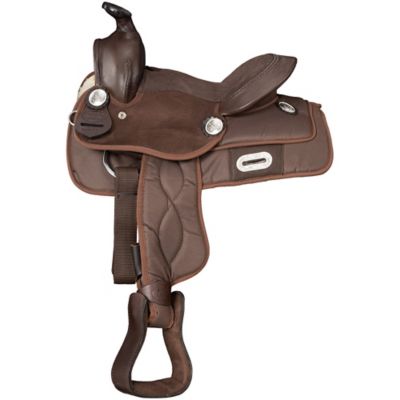
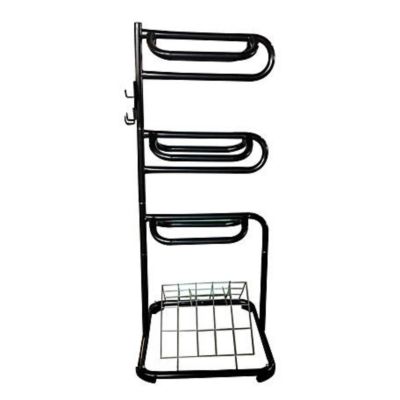
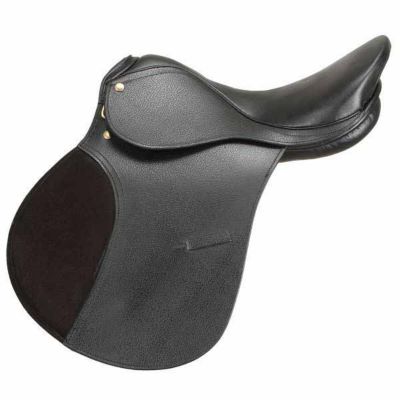

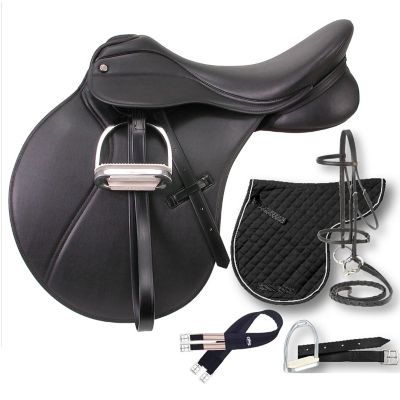
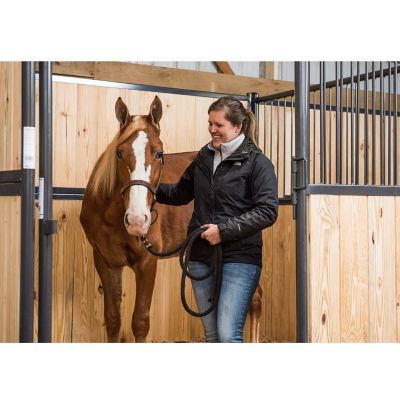
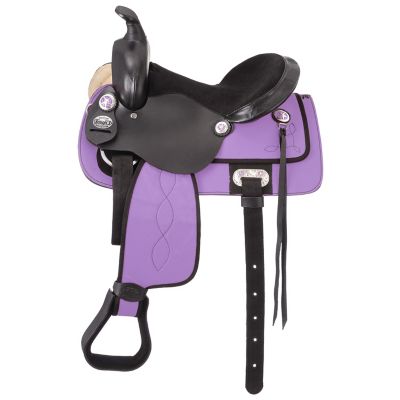
by Steve
Our mare is getting older and had never been blanketed before this year. We started her with a mid weight from a different store thinking it would be enough for the first year. But when the temperature dropped to the teens, she was shivering, and the temperature was forecast to drop below zero overnight. We were in a hurry to find something heavier, and grabbed the only one in her size from our local TSC. We were so pleased with how nice it was! We put it over her mid weight for the coldest nights, and now it’s our go-to for the chillier days and nights. It stands up well to her love of rolling in mud. Would definitely buy again!
by Divas
Nice blanket that seems sturdy and well made. Used it only as a warming blanket on sub zero nights for my quarter horse who is on stall rest and not going in and out. She was very accomodating as I learned the different attachments – velro and latches. The under belly strap latches were a little tricky to learn but I get it now :). Believe it will be a nice turnout blanket when she can start going out again.
by Jean
I’ve owned my blanket for about 4 to 5 Mos now and has been great through windy and rainy weather. My horse loves it!
by Weezer
This blanket serves the intended purpose and stays on with no issues. Buckles in the front have held up along with the belly and leg straps.